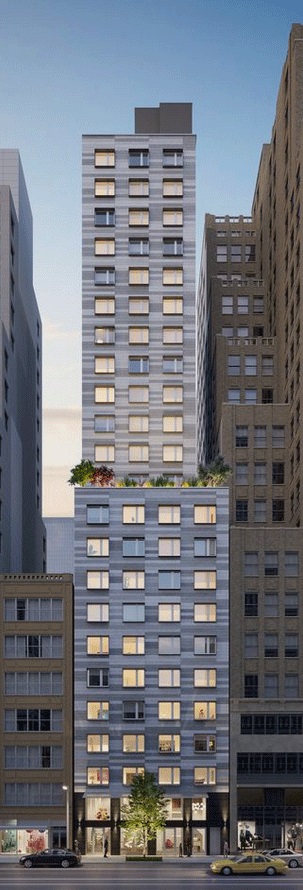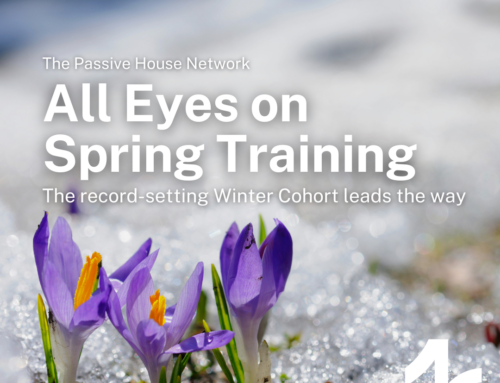NYSERDA Buildings of Excellence Competition
Produces Building Data
The New York State Energy Research and Development Authority (NYSERDA), in support of New York State’s energy transition to zero carbon emissions, established the Buildings of Excellence (BoE) competition to encourage multifamily buildings that exemplified great design and high-performance – including energy efficiency, electrification, embodied carbon, indoor air quality and more – with financial, publicity and other support. In return, the teams are required to supply NYSERDA with an amount of data not usually available to interested parties, let alone the public at large.
It’s a little tricky to find, so we’ve made the current iteration of data easy to access here. To find it on NYSERDA’s website, click into the Round 2 Winners page, and then scroll down to the “What Does it Cost to Construct Buildings of Excellence” dropdown, then the links present themselves. Note the spreadsheet includes both Round 1 & 2 winners.
Passive House is not been a requirement for winning the competition, but as was the case in Brussels’ Exemplary Buildings Program, a forerunner of BoE, Passive House proposals win disproportionately – being exemplars of cost-effective high-performance. The beauty, literally, is to then see these buildings reach for aesthetic distinction as well.
So NYSERDA has gone through two rounds of the competition, with projects in all stages of development and a few completed. As time goes forward, we’ll not only have more buildings but the data will become richer and increasingly useful.
We’ve not done a deep dive into the number yet ourselves – and encourage academic programs, or others, to consider taking it on – but it is good to see clear cost validation presented, as with the mixed market and affordable multifamily Certified Passive House Flow Chelsea high-rise building, 211 W 29th Street, by ZH Architects, EP Engineering, Steven Winter Associates, and Bernstein Real Estate, that show an incremental cost increase of 4% before the NYSERDA incentive, and after the incentive, of 2%.
It’s important to remind ourselves that Passive House is but one driver of cost in what are financially complicated endeavors – and with the BoE project they may be pushing for aggressive levels of renewables and low embodied carbon and other sustainable strategies that can drive costs as well. As we note in our report “Is Cost the Barrier to Passive House Performance”, the biggest variable driving Passive House building cost is the sophistication of the project team.
Editor’s Note: We’d be remiss not to mention that the best fundamental grounding for a solid understanding of Passive House is our Certified Passive House Designer (CPHD) Course. Get started on-demand today, or in-person in NYC starting Jan 24. Register today.
We understand everyone is clamoring for data, so we thought this a good holiday diversion. As NYSERDA notes, let’s also reiterate that the data is preliminary and subject to change. We look forward to more data in the future and learning as we go….not to mention more rounds of Passive House winners!

Get Trained:
Introductory Training Options
Core Certification Training Options
Specialized Training Options




